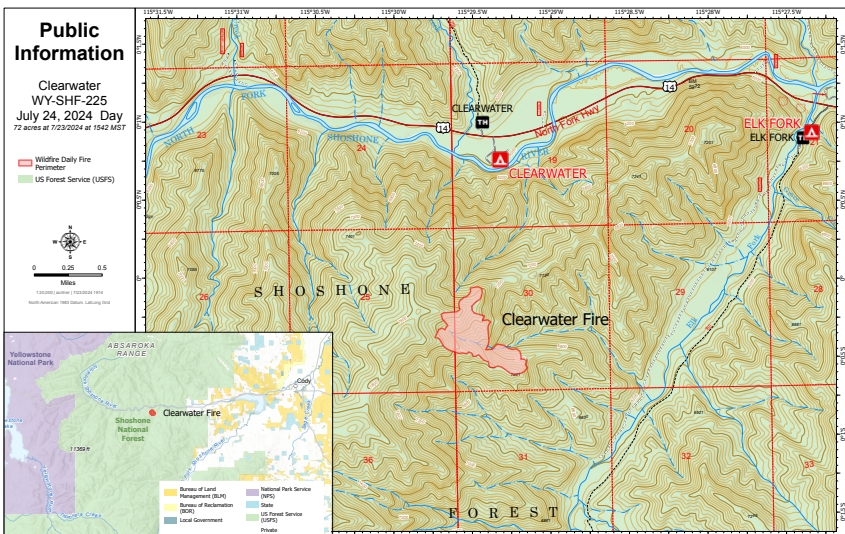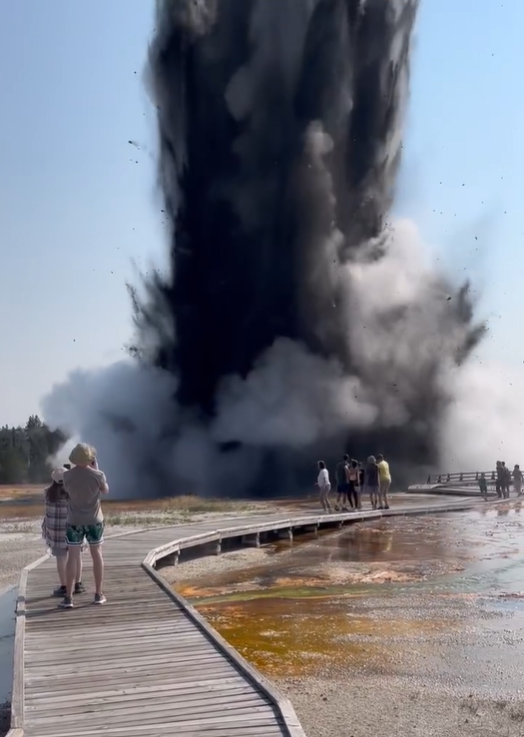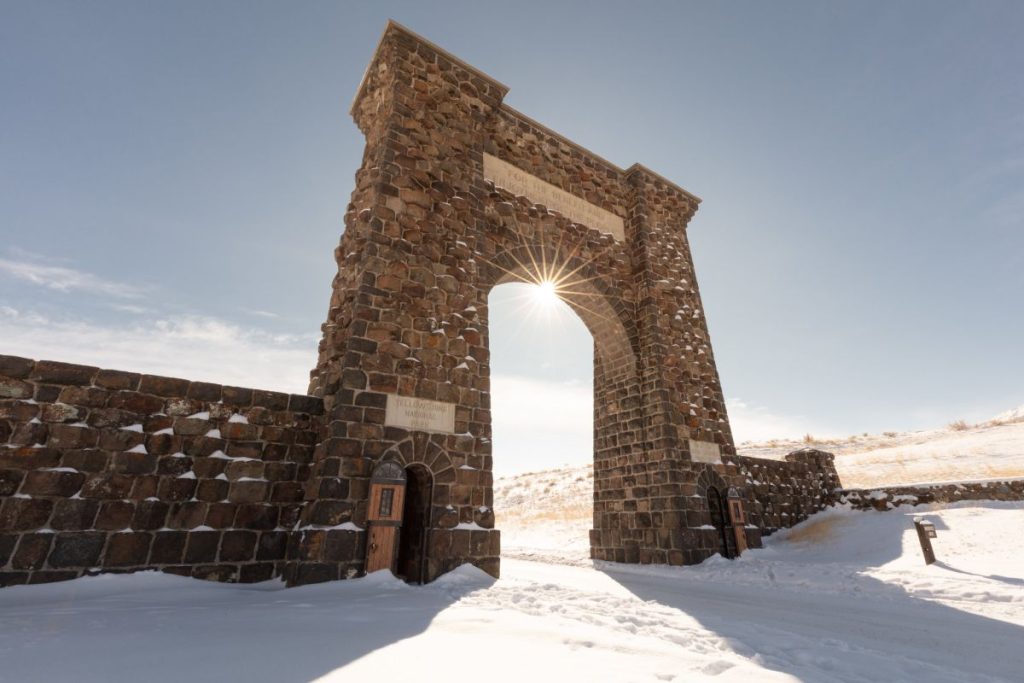Grand Teton National Park Continues Restoration of Sagebrush Habitat
Written by Andrew-Rossi on May 26, 2023
Grand Teton National Park staff will continue habitat restoration projects this summer as part of a multi-phase restoration effort to replace approximately 4,500 acres of non-native grass fields with native sagebrush habitat. A healthy sagebrush ecosystem in Grand Teton is vital for the diversity and abundance of native plants and wildlife species like elk, bison, moose, pronghorn, and sage grouse that rely on them.
Over one hundred years ago, homesteaders converted large swaths of sagebrush habitat to hayfields for their livestock. Over the past century, the converted pastures have persisted, decreasing the value to wildlife in the heart of year-round habitat and migration corridors.
For the past 16 years, Grand Teton Park staff, through the support of the Grand Teton National Park Foundation, have worked to return these pastures to their native sagebrush habitat. This is a long-term project, and successful restoration of these areas will take years to complete.
To date, 1,400 acres are in various stages of restoration, with areas containing diverse, well-established native plants that provide a source of food and shelter for a wide range of pollinators and wildlife that thrive on wildflowers, sagebrush, and other native plants.
Habitat restoration will include work at two sites this summer, specifically restoring vital sage grouse habitat.
The first of these sites, 40 acres located in the Slough South unit west of Mormon Row, is part of the Antelope Flats sagebrush habitat restoration. The second site is 110 acres, located in the McBride unit south of the Jackson Hole Airport and east of North Spring Gulch Road. Visitors may notice a large water truck on-site during this process.
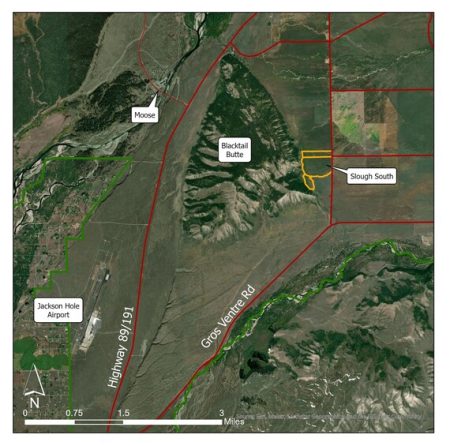
Courtesy National Park Service
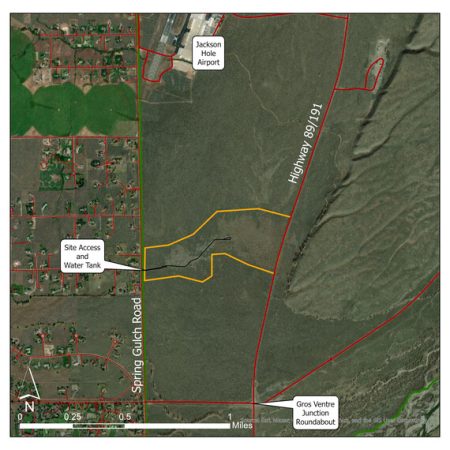
Courtesy National Park Service
Once non-native grass has been successfully removed, park staff will disperse mixed seed made up of native grasses, shrubs, and forbs; monitor and treat for invasive weed species; and ensure the successful re-establishment of these important plant communities for the long term.
Grand Teton National Park Foundation has successfully raised funds for this project over multiple years from dozens of donors, including the National Fish and Wildlife Foundation, Teton County Conservation District, WYldlife for Tomorrow, Alpyn Beauty, and many generous conservation-minded individuals. These combined efforts have allowed many pastures to return to their native glory.
Grand Teton National Park Foundation partners with Grand Teton National Park to steward, protect and enhance all that is special in the park. The Foundation initiates improvements, critical research, and projects that improve visitors’ experiences, creating a solid future for Grand Teton.
Since 1997, the organization has raised over $100 million for work-and-learn programs that connect youth to nature, preserve cultural resources, protect wildlife and natural resources, and capital projects such as the construction of the Craig Thomas Discovery and Visitor Center, a $23 million campaign to preserve the 640-acre Antelope Flats parcel, the Inspiring Journeys campaign for Jenny Lake, and the purchase and protection of the last privately held acre on the Mormon Row Historic District.
